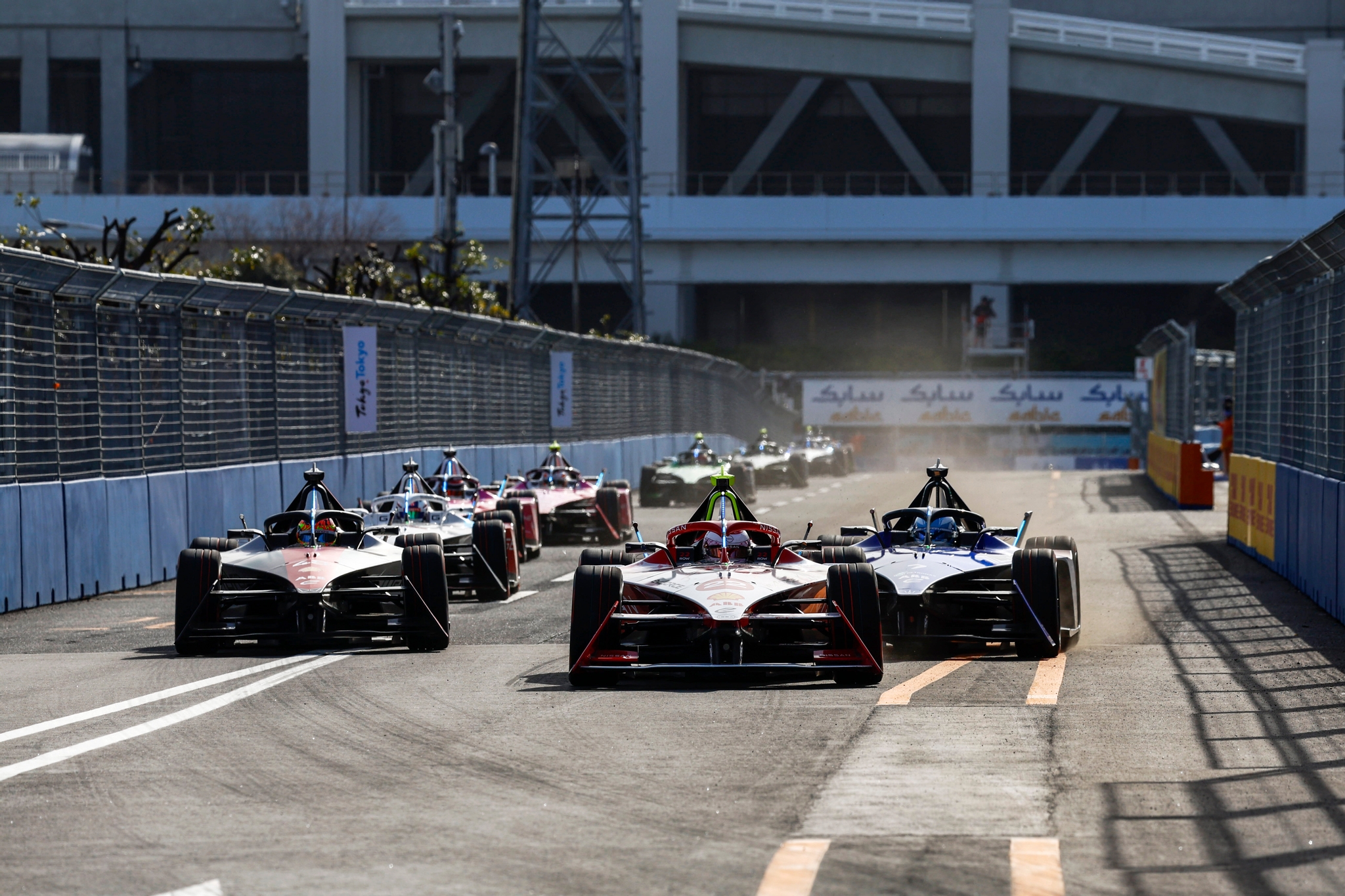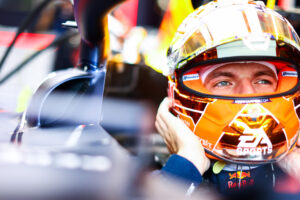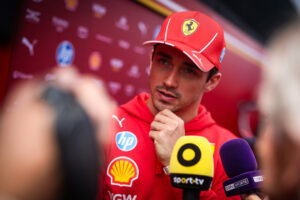Rowland’s Tokyo E-Prix pole position didn’t lead to his first win, prompting a review of strategies and missed chances
Nissan’s Oliver Rowland clinched pole position at home in Tokyo, but the team couldn’t translate it into a win due to energy management issues. It was a stellar qualifying session for the British driver, overshadowing his competitors, yet he fell short during the race, ultimately losing to Maximilian Günther.
Rowland Challenge During the Tokyo E-Prix
Rowland’s race pace was sluggish compared to his qualifying performance. Despite leading most of the race with minimal pressure from behind, he struggled with energy conservation, lifting significantly in each turn. With just ten laps remaining, Günther managed to overtake him before the chicane at turns ten and eleven.
This decisive move sealed the race outcome as Rowland failed to counter.“I was low on energy and I needed a slipstream. Basically when you’re in the front, you’re pushing the air, and you’re consuming energy, so I kind of needed him to pass me at some point”
Each driver begins the race with a maximum of 52 kilowatt-hours of energy, and a significant aspect of the strategy revolves around how they manage this energy from the beginning to the end of the race.
During the final lap of the race, Rowland attempted several times to regain the lead and secure a victory for the sole Japanese team in Formula E. However, he was unable to pass the German driver at turn 15 on the narrow circuit surrounding Tokyo Big Sight.
Bringing it home 💪
Oliver Rowland’s P2 finish secures a HOME PODIUM for the @NISMO team! 🏆🇯🇵#TokyoEPrix pic.twitter.com/mMEjH6q50z
— Formula E (@FIAFormulaE) March 30, 2024
Reflecting on his performance, Rowland expressed uncertainty about what he could have done differently, considering whether yielding the lead earlier would have made a significant difference. “I was in a position where if I had stayed in the lead for longer, I probably would have been a sitting duck,” remarked Rowland, who has secured three podium finishes this season and currently sits third in the championship standings.
Despite his frustrations, Rowland acknowledged the team’s efforts to salvage maximum points. “I think we maximized what we could. The win was on the table, which is a bit frustrating,” he concluded in statements.
A race to remember for @oliverrowland1! He is your #TokyoEPrix Driver of the Race! 🇯🇵
Oliver Rowland の記憶に残るレース!彼が #TokyoEPrix の最優秀ドライバー!🇯🇵 pic.twitter.com/tUuSyeBLmq
— Formula E (@FIAFormulaE) March 30, 2024
Günther’s Tactical Triumph: Delayed Attack Mode Activation
Meanwhile, Günther’s strategic decision to delay activating the second Attack Mode proved in securing victory. By surprising Rowland at turn ten and creating a gap, Günther effectively controlled the race, maintaining his lead till the end. “I guess I caught him off guard at turn 10, and that opened up the race for us. I tried to open up a bit of a gap, and this was key to winning the race”.
The pivotal moment came when the stewards opted to extend the race by two laps due to the presence of the safety car. This decision ultimately favored Gunther, as his pace and remaining energy proved sufficient to secure the race victory while Rowland had nothing left. The Maserati driver’s consistent performance, scoring points in all five races of the season, highlights the importance of strategy and execution in Formula E.






